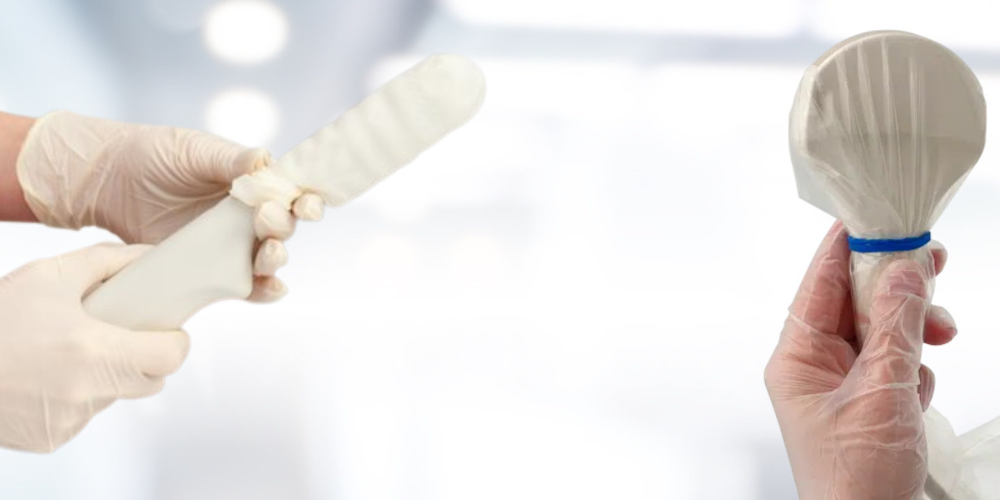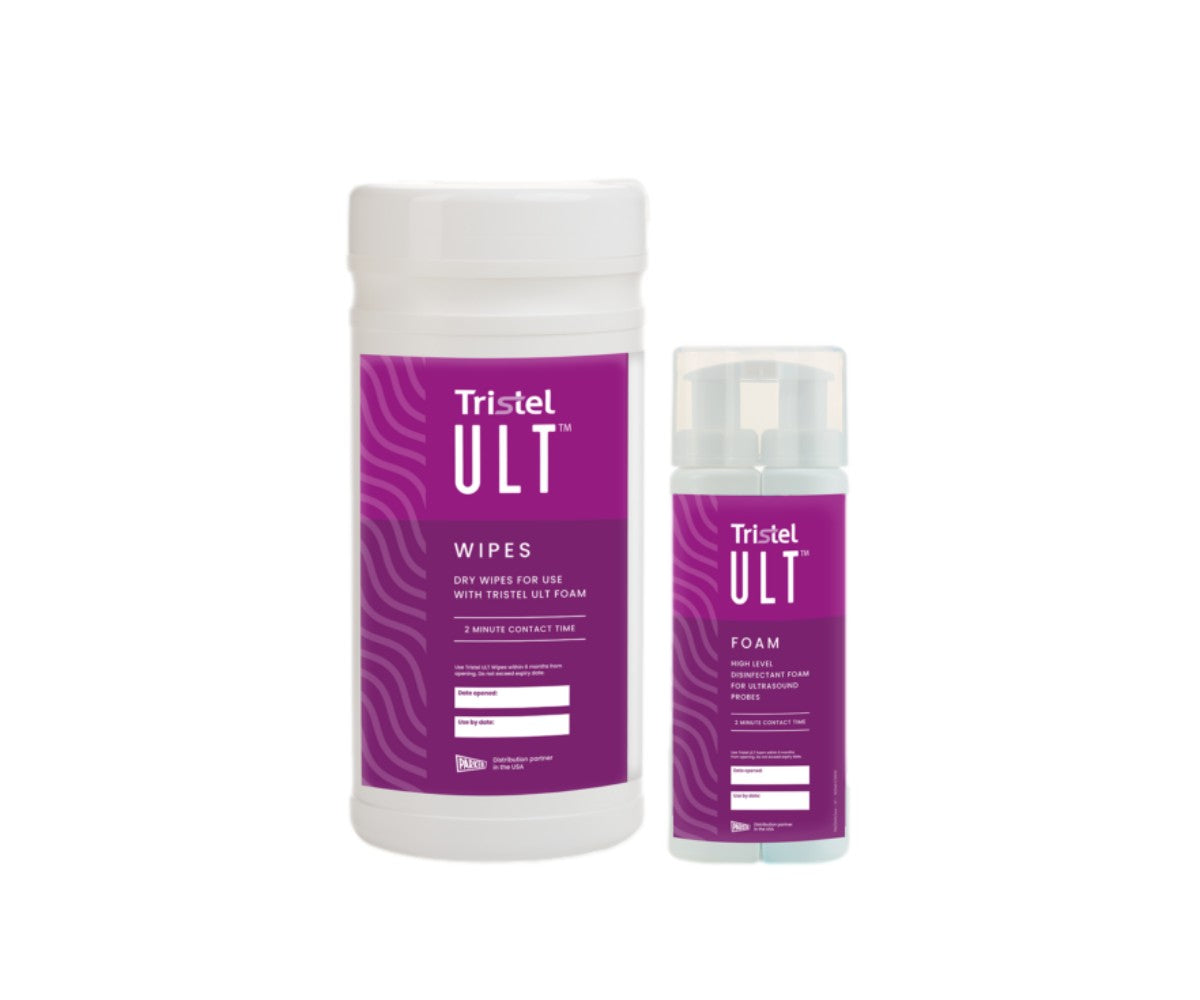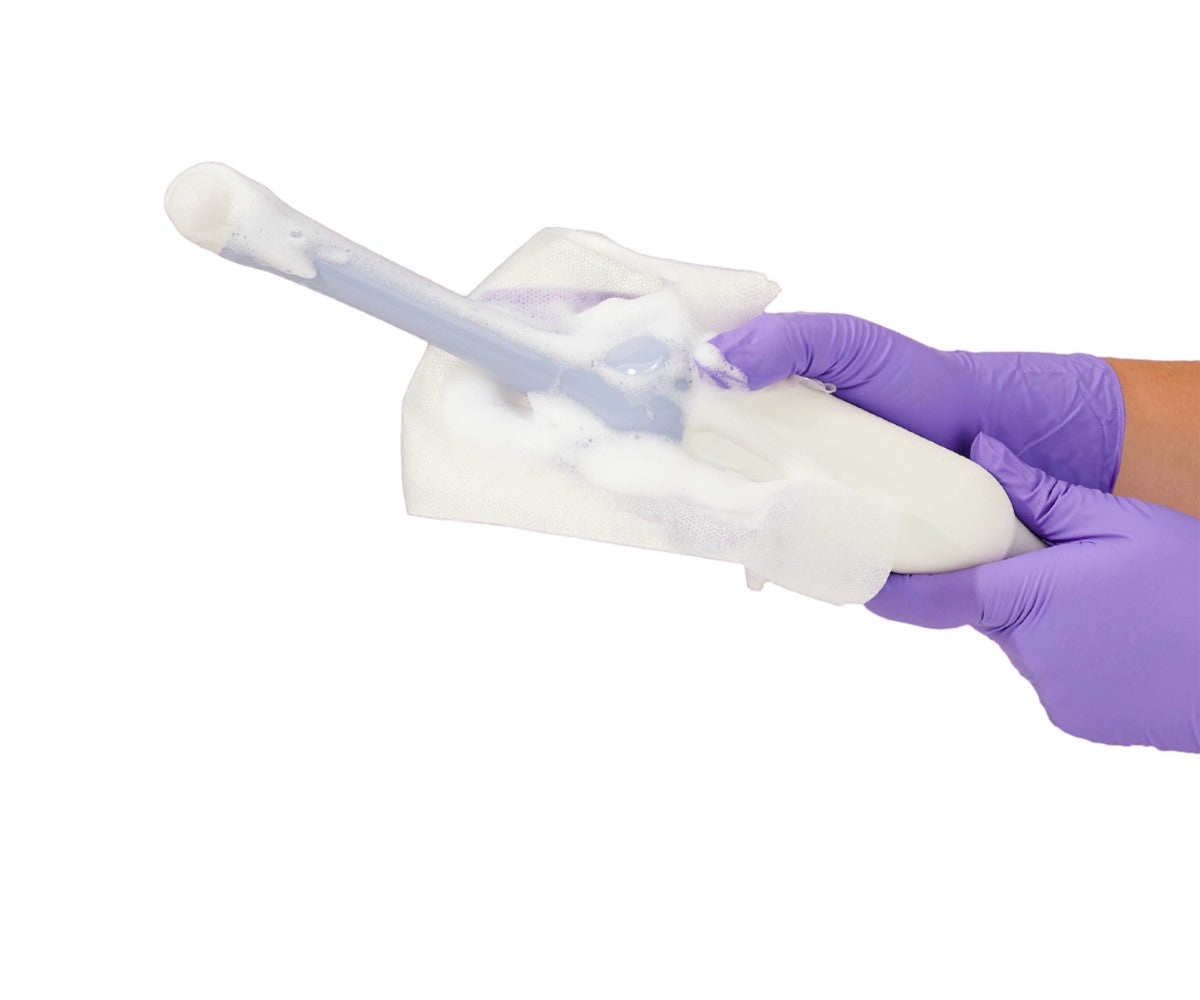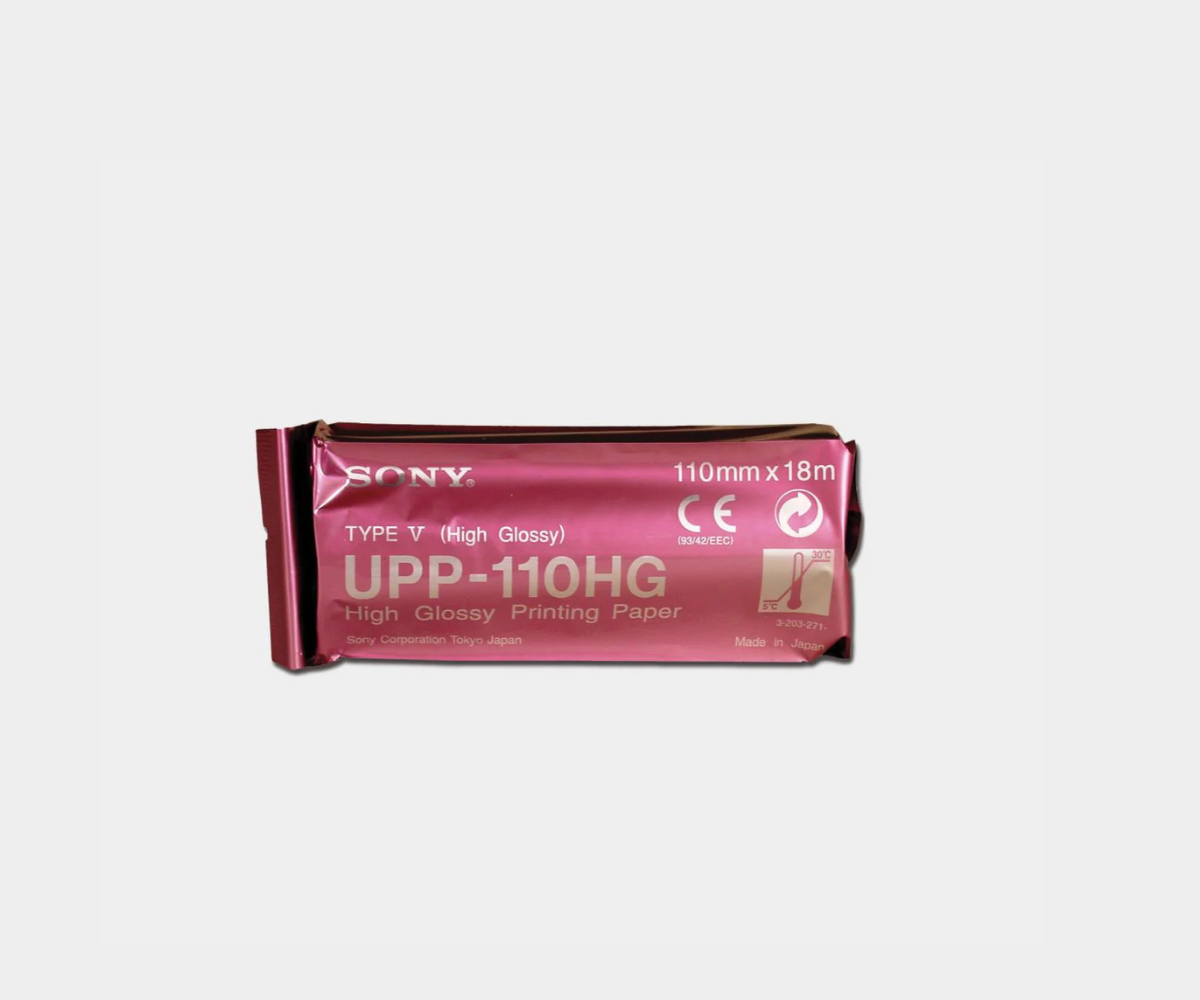As a medical supplier, infection prevention and control are common topics we discuss and advocate for. We’ve talked about why infection control is important to healthcare workers and how the use of probe covers decreases the risk of healthcare-associated infections (HAI). To continue creating awareness about the use of probe covers, we’ve decided to create the ultimate guide for ultrasound probe covers.
What are probe covers and why are they important in ultrasound-guided exams and procedures? These products are essential in any ultrasound user’s toolkit to ensure the safety of patients during exams and procedures and to keep the ultrasound probe itself clean.
Probe covers are used to protect the device from any microorganisms contained in blood and bodily fluids, such as blood and bodily fluids, thereby minimizing the spread of infection. By using them, doctors and other medical staff can maintain a safe and clean environment, which is especially important when dealing with patients who are at a higher risk of infection.

During procedures like biopsies or aspirations, sterile ultrasound probe covers help maintain the sterility of the equipment and protect patients and equipment from cross-contamination.
Probe covers come in different sizes and shapes to accommodate various types of ultrasound transducers, such as endocavity probes or surface probes. Most of them are made of clear materials, which allow medical professionals to see the surface of the equipment and any indications of contamination that may be present.
Different Types of Probe Covers
Endocavity Probe Covers
Endocavity probe covers are designed to fit over probes used for transvaginal and transrectal ultrasound procedures. Some of them are made of hypoallergenic materials, and their purpose is to protect the patient’s delicate mucous membranes from exposure to harmful bacteria and viruses.
Besides protecting patients, these probe covers also protect the equipment from blood and other bodily fluids. Additionally, they come in a range of sizes and shapes, so they can be tailored to fit the specific needs of each patient and procedure.
General Purpose (Surface) Covers
General purpose probe covers, also known as surface probe covers, are used for a wide range of ultrasound-guided procedures such as biopsies, drainages, and tendinitis treatments. They come in latex and latex-free variations and are always sterile due to the nature of these medical interventions.
Surgical Covers
Surgical probe covers are sterile covers designed for use in the operating room. They are made of versatile materials, such as polyurethane and polyethylene, and are designed to prevent contamination of both the probe and the patient during surgery. Surgical probe covers have a range of features such as sterile bands and easy-to-use tabs.
TEE Probe Covers
TEE probe covers are specialized disposable covers designed to fit over transesophageal echocardiogram probes. These covers are sterile and protect patients from the spread of infections and the TEE probe from exposure to harmful bodily fluids.
Probe Storage Covers
Storage covers are designed to protect ultrasound probes when not in use. These covers are made of durable materials, which provide a barrier against dust, dirt, and contamination. Storage covers are meant to be used between procedures. They represent a useful added bonus for any medical professional looking to maximize safety in their facility.

Why Probe Covers? Because They Reduce HAI Risks
The prevalence of healthcare-associated infections in the United States remains high. According to The Centers for Disease Control and Prevention (CDC), 1 in 31 patients contract at least one HAI each day. This highlights the urgent need for improvements in patient care practices in healthcare facilities throughout the country. Despite some advances made in recent years, further efforts are necessary to prevent the spread of infections in different settings.
To protect both patients and practitioners from infection outbreaks, it is vital to follow proper infection prevention and control practices, regardless of the fact that ultrasound is considered a generally safe modality.
Failure to do so can lead to the contamination of transducers and ultrasound gel, resulting in infections in the bloodstream, urinary tract, respiratory tract, biopsy sites, and wounds. As reported in the guide Sonographers Best Practices for Infection Prevention and Control by the Society of Diagnostic Medical Sonography, in some documented cases, patients have contracted hepatitis B and C, and some have even died.
The authors explained that these incidents could have been prevented by adhering to evidence-based and reproducible infection prevention and control practices. To address this issue, various regulatory, accrediting, and public health agencies, such as the FDA, The Joint Commission, and the CDC, have issued alerts regarding transducer use and reprocessing. However, infections resulting from inadequately reprocessed devices are often unrecognized or go unreported to the FDA.

Common Probe Cover Materials
Polyurethane
Ultrasound probe covers made of polyurethane (a man-made polymer) are safe and suitable for various ultrasound-guided procedures. The material is soft, elastic, and its excellent quality makes it tear-resistant.
Polyurethane covers are latex-free, which makes them ideal for latex-free facilities or procedures involving allergic patients or staff.
Polyethylene
Polyethylene’s versatility allows it to be used for a variety of purposes, from flexible to hard products. Depending on the processing conditions, it can produce different grades of material suitable for different applications.
Probe covers made of polyethylene are the most cost-effective solution for maintaining a safe environment during ultrasound procedures while offering optimal patient and practitioner protection.
Latex
Latex ultrasound probe covers are an affordable and practical solution for everyday endocavity examinations. They are designed to protect patients, staff, and equipment from cross-contamination and microbial contamination from bodily fluids. These covers are stretchable, tear-resistant, and made of high-quality latex, making them versatile enough to fit different sizes and shapes of endocavity probes. They are also compatible with all types of sterile and non-sterile ultrasound gels.
Polyisoprene (PIP)
This type of latex-free endocavity cover is perfect and ideal for patients and healthcare professionals who may be allergic to regular latex covers. They protect both the patient and equipment from potential contamination and minimize the time needed to clean the probe of gel, soil and debris.
PIP is similar to latex in terms of texture and elasticity, which makes it safe for interventional exams.
Pre-Gelled Probe Covers
Pre-gelled covers are a great option for ensuring patient comfort and safety while also enhancing workflow efficiency. These covers are created using high-quality materials to deliver optimal patient care.
The pre-gelled interior feature eliminates the need for ultrasound gel and speeds up the examination and the cleaning and disinfection process.

Best Practices for Using and Disposing Probe Covers
According to a study published in the American Journal of Infection Control in 2018, there is a correlation between improper infection control practices relating to ultrasound probe usage and an elevated risk of infections, outbreaks, and fatalities.
Despite the availability of guidelines for reprocessing and probe usage, it remains unclear how widespread their implementation is in practice. In the same line, the authors explained that 20% of respondents in a survey reported being privy to scenarios in which an ultrasound probe was used but not reprocessed appropriately.
In the Guideline for Ultrasound Transducer Cleaning and Disinfection published by the American College of Emergency Physicians, they stated that the quality management of protective barriers such as medical gloves, condoms, and probe covers is regulated by establishing an “acceptable quality level” (AQL).
For instance, probe covers with pore sizes of less than 30 nm can effectively block most viruses, including bloodborne pathogens of concerns which are Hepatitis B (42-47 nm), and Hepatitis C (27-30 nm), Human Immunodeficiency Viruses (HIV) (80-110 nm), and Human Papillomavirus (HPV) (50 nm). In these guidelines, the authorities in the field recommend that facilities and practitioners use only FDA-approved covers and adhesive barriers.
During percutaneous procedures, such as vascular access, thoracentesis, or regional anesthesia, transducers used on non-intact skin or mucosal surfaces should be covered with a single-use sterile probe cover, followed by low-level disinfection between uses, according to the previous mentioned guideline.
| Spaulding Classification | Critical | Semi-Critical | Non-Critical |
| Description | Enters or contacts sterile tissue or vascular system or bloodstream | Contacts mucous membranes of non-intact skin | Contacts intact skin |
| Example in ultrasound | CVC insertion, biopsy, surgery | Endocavity ultrasound, scan across non-intact skin | Scan across intact skin, skin is not penetrated |
| Probe Cover | Yes, sterile | Yes, sterile (recommended) or non-sterile (required) | Not required |
If the probe cover fails, the transducer should be considered contaminated with blood or bodily fluids and should undergo low-level disinfection with an agent that has activity against bloodborne pathogens (hepatitis B virus, hepatitis C virus, and HIV) and tubercle bacilli.

Even though the Guideline for Ultrasound Transducer Cleaning and Disinfection by the American College of Emergency Physicians specifies that low-level disinfection should be implemented when surface transducers are contaminated with blood or bodily fluids, we highly recommend an intermediate-level disinfection protocol instead with an appropriate agent.
Semicritical devices with mucosal contact, such as endocavity transducers for intra-oral procedures, transvaginal examinations, and transesophageal probes, should be covered with a single-use probe cover and undergo high-level disinfection between uses.
Reusable intra-operative probes placed in sterile body cavities are considered critical devices and are not typically used in the emergency department. Thus, intra-operative probe use should include a single-use probe cover and high-level disinfection between uses.
The FDA recommends the use of sterile probe covers for each use of critical devices. However, it is important to keep in mind that using a protective barrier does not change the recommended reprocessing protocol for transducers.

Overall, using probe covers during ultrasound procedures is a critical step in infection prevention and control, ensuring the safety of both patients and healthcare providers.
It reduces the risk of cross-contamination and microbial infection spread, which can lead to subsequent hospital-acquired infections and death in severe cases. By selecting the right probe cover based on the procedure’s requirements and materials, such as latex-free or pre-gelled, a higher level of patient safety can be achieved.
Additionally, following proper reprocessing and handling protocols can maximize the effectiveness of the probe cover and protect against contamination. Incorporating probe covers into ultrasound procedures is an easy and cost-effective way to enhance infection prevention and control efforts, and it should be taken seriously in all healthcare facilities.







